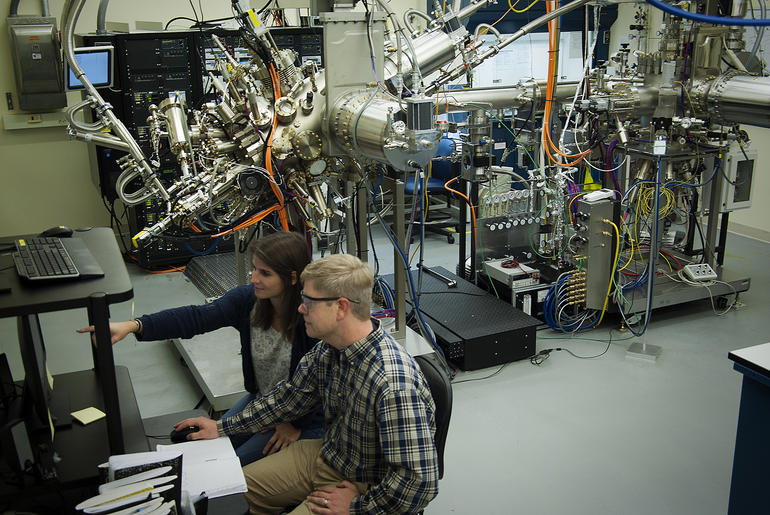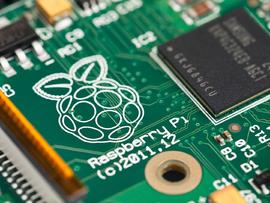The method takes cues from how classical microprocessors are produced, and shows promise in protecting against quantum decoherence.
A new manufacturing technique could lead to noise-resistant qubits that can be scaled up in quantum computers, according to a paper published in Nature on Wednesday, led by the University of Purdue and Microsoft, with participation from researchers at the University of Chicago and the Weizmann Institute of Science in Israel.
The manufacturing technique combines a semiconductor—indium arsenide—with a superconductor—aluminum—into a planar device. This combination creates a state of "topological superconductivity," which can shield against changes in the physical environment of a qubit that interfere with the ability to reliably sample results from calculations performed on quantum computers comprised of several connected qubits. These disruptive changes affect the length of time a quantum system can execute a given task.
SEE: Quantum computing: An insider's guide (free PDF) (TechRepublic)
Experiments using this technique have been shown to create a Josephson junction, and can support Majorana zero modes, which scientists have predicted possess topological protection against decoherence, the phenomenon that disrupts the operation of a quantum computer.
Importantly, the planar nature of this manufacturing technique can allow it to scale, as planar surfaces are already used for building classical microprocessors, used in smartphones and laptops. (While it is possible to "stack" NAND flash to increase density, a technology marketed as "3D NAND," heat dissipation issues have limited three dimentional microprocessors to laboratory proofs-of-concept.)
According to a press release, "It's also been known that aluminum and indium arsenide work well together because a supercurrent flows well between them. This is because unlike most semiconductors, indium arsenide doesn't have a barrier that prevents the electrons of one material from entering another material. This way, the superconductivity of aluminum can make the top layers of indium arsenide, a semiconductor, superconducting, as well."
This research represents a first step toward building quantum processors. Though there are presently devices marketed as quantum computers by D-Wave and IBM, these are relatively noisy machines that represent a fraction of the ability which proponents of quantum computing research contend that true quantum computers will be capable of in the future. Quantum computers could revolutionize distribution logistics, as early small-scale path optimization problems calculated on existing quantum systems can be used to increase efficiency in warehousing and trucking. These current quantum systems are primarily held back by limitations in manufacturing techniques, which this research aims to solve.
For more on quantum computing, learn about how helium shortages will impact quantum computer research, and how IBM is reducing noise in quantum computing, increasing accuracy of calculations.
Also see
- Blockchain: A cheat sheet (TechRepublic)
- Microsoft HoloLens 2: An insider's guide (TechRepublic download)
- Artificial Intelligence: Trends, obstacles, and potential wins (Tech Pro Research)
- Technology that changed us: The 1970s, from Pong to Apollo (ZDNet)
- These smart plugs are the secret to a seamless smart home (CNET)
- The 10 most important iPhone apps of all time (Download.com)
- Tom Merrit's Top 5 series (TechRepublic on Flipboard)

Researchers at various Microsoft Quantum lab sites, including the lab of Michael Manfra at Purdue University, collaborated to create a device that could bring more scalable quantum bits. Pictured here are Purdue researchers Candice Thomas (left) and Geoff Gardner.




















